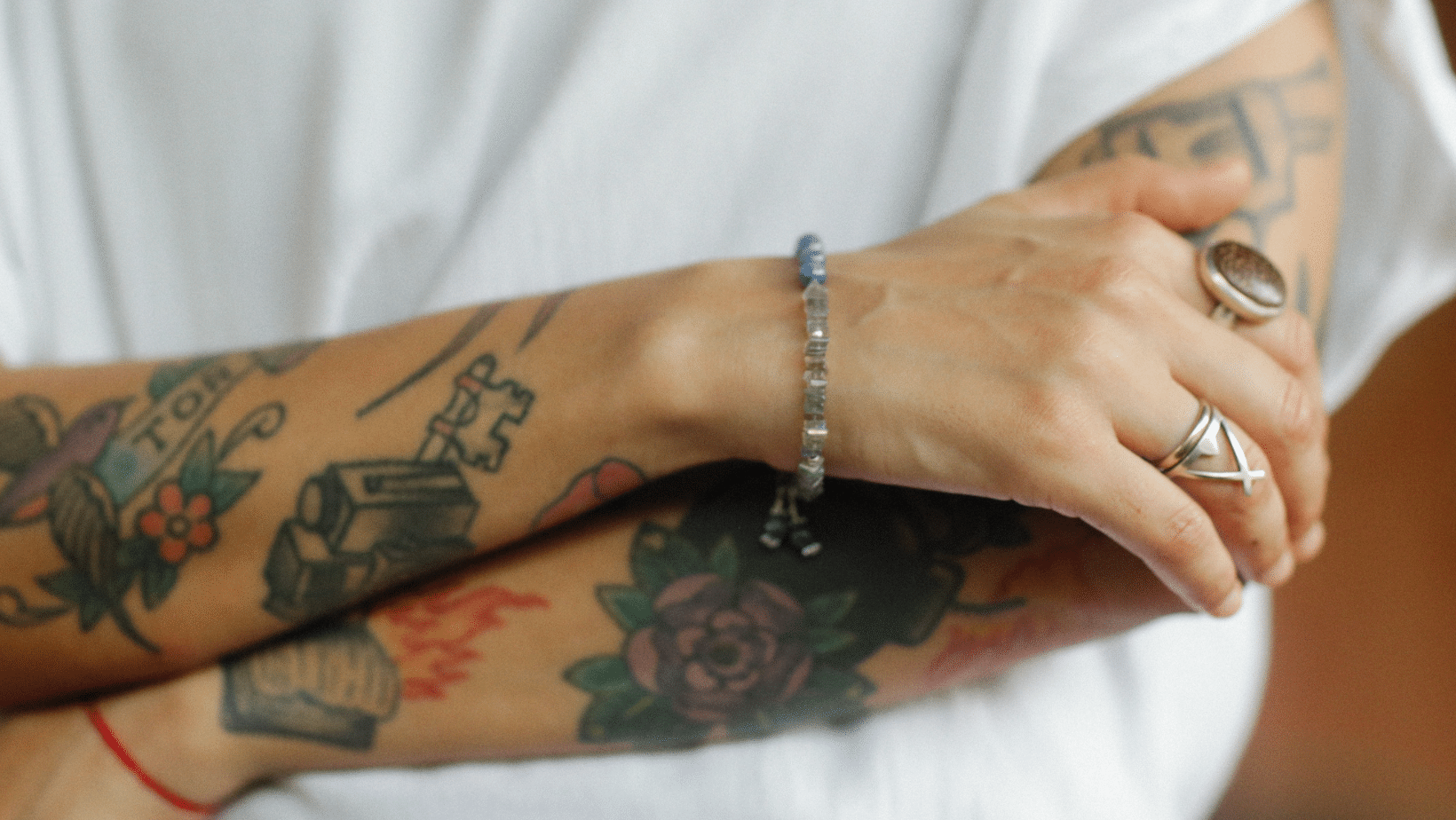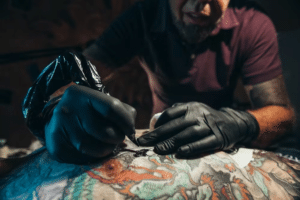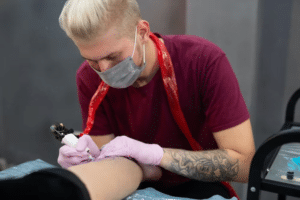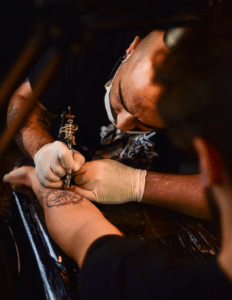 Tattoos
Tattoos are a form of self-expression and can be a meaningful way to commemorate important moments. However, sometimes our tastes and preferences change, and a tattoo that once held significant meaning may now be something we regret.Fortunately, there are several methods for removing tattoos that are safe and effective. In this blog, we’ll explore different tattoo removal methods, including laser removal, excision, and dermabrasion, and discuss their pros and cons.We’ll also cover important considerations to remember when deciding whether to remove a tattoo, such as the cost, potential side effects, and the level of commitment required for each method.Let’s get into it:
Tattoo Regret Is More Common Than You Think
Tattoos are a form of self-expression. Many people get inked for various reasons, such as commemorating a meaningful event, honouring a loved one, or simply because they appreciate the art. Despite this, people’s views and priorities may change over time, and they may regret getting a particular tattoo in the future.This feeling of tattoo regret can stem from a variety of reasons, including changes in lifestyle, job requirements, or personal beliefs. Some people may also outgrow the design they chose, leading to a feeling of dissatisfaction or even embarrassment. What seemed like a good idea may not feel the same way years later.If you’re experiencing tattoo regret, you’re not alone. Many people are unhappy with a tattoo they once thought was a good idea. This can be due to a change in personal taste, circumstances, or simply a desire to start fresh.Whatever the reason may be, Pearl Lemon is here to help. Whether you’re dealing with a poorly executed tattoo or simply outgrowing the design, tattoo regret is real, and it can affect your confidence and self-esteem. Fortunately, with technological advancements, tattoo removal is a safe and effective option, and Pearl Lemon can make that happen.
Risks Associated With Improper Tattoo Removal

Improper tattoo removal can lead to several risks and complications affecting your skin’s health and appearance. Here are some of the most common risks of improper tattoo removal:
- Scarring: When a tattoo is not removed properly, it can cause scarring. This happens when the skin is damaged during removal, leading to permanent scars.
- Infections: Improper tattoo removal can also lead to infections. When the skin is damaged, it becomes more susceptible to bacterial and viral infections, which can lead to severe health complications.
- Allergic Reactions: Some people may be allergic to tattoo removal methods, such as laser removal. If you are allergic to these methods, you may experience severe allergic reactions that can cause serious health problems.
- Hyperpigmentation: Improper tattoo removal can also cause hyperpigmentation when the skin becomes darker in certain areas. This happens when the skin is damaged during removal, leading to uneven skin tone and texture.
- Hypopigmentation: Hypopigmentation is the opposite of hyperpigmentation, where the skin becomes lighter in certain areas. This can happen when the skin is damaged during the tattoo removal process, leading to uneven skin tone and texture.
Choosing a professional and experienced tattoo removal service is important to avoid these risks and ensure safe and effective tattoo removal.
Things To Keep In Mind When Considering Tattoo Removal

Deciding whether to remove a tattoo is a big decision that requires careful consideration. Here are some important factors to keep in mind:
- Cost: Tattoo removal can be expensive, and the cost can vary depending on the size, location, and complexity of the tattoo. Make sure you have a clear understanding of the cost of each method before making a decision.
- Pain and side effects: Tattoo removal can be painful and uncomfortable; some methods may have more side effects than others. Be sure to research the potential side effects of each method and consult with a medical professional if you have any concerns.
- Level of commitment: Tattoo removal is not a one-time process; it can take multiple sessions to achieve the desired result. Be prepared for the time and commitment required for each method.
- Skin type: Some skin types may be more prone to scarring or other side effects from tattoo removal. Consult with a medical professional to determine if your skin type suits your chosen method.
- Potential for the cover-up: Some methods may be more effective if you want to cover up a tattoo rather than fully remove it. Consider your options for cover-up before deciding on a removal method.
Considering these factors, you can decide whether to remove your tattoo and which method to choose.
Different Methods On How To Get Rid Of Tattoos
There are several
methods for removing tattoos, including:
- Laser tattoo removal: This is the most common method. It uses laser technology to break up the ink particles in the skin, allowing the body’s immune system to remove them naturally over time.
- Intense Pulsed Light (IPL) therapy uses intense light pulses to break up the ink in the skin, which is then absorbed by the body.
- Chemical peels: This method involves applying acid to the skin, which causes the top layers to peel away, taking the tattoo ink.
- Dermabrasion: This method involves sanding down the skin with a high-speed rotary device, which removes the top layers of skin, including the tattoo ink.
- Surgical removal: This method involves cutting out the tattooed skin and stitching the remaining skin back together.
It’s important to note that all of these methods carry risks and potential side effects, such as scarring, infection, and changes in skin pigmentation. It’s important to consult with a licensed and experienced dermatologist or tattoo removal specialist before undergoing any tattoo removal procedure.
Before And Aftercare For Tattoo Removal
Proper before and aftercare is essential for safe and effective tattoo removal. At Pearl Lemon Tattoos, we understand the importance of caring for your skin before, during, and after tattoo removal. Here are
some important steps to follow:
Before care:
- Avoid sun exposure to the tattooed area for at least two weeks before your appointment.
- Keep the area moisturised with unscented lotion or cream.
- Avoid alcohol, aspirin, and ibuprofen for at least 24 hours before the procedure.
- Stay hydrated and maintain a healthy diet to help your body prepare for the procedure.
Aftercare:
- Keep the area clean and dry for at least 24 hours after the procedure.
- Avoid hot showers or baths, saunas, or hot tubs for at least 48 hours.
- Apply ice packs to the treated area to reduce swelling and discomfort.
- Avoid direct sunlight on the treated area, and apply a high-SPF sunscreen outdoors.
- Do not pick or scratch the treated area, which can cause scarring or infection.
- Follow any additional aftercare instructions provided by your tattoo removal specialist.
By following these before and aftercare instructions, you can ensure a smooth and safe tattoo removal process.
Conclusion
Deciding to remove a tattoo can be a tough decision, but various effective methods are available to help you. From laser removal to surgical excision, it’s important to research your options and find a qualified specialist to ensure the best results. Having realistic expectations is also important, as complete removal may not always be possible.Ultimately, removing
a tattoo is personal and should be made after careful consideration. Remember, it’s never too late to change and confidently move forward.
FAQS
Is tattoo removal painful?
Tattoo removal can be
uncomfortable and painful, but the pain level depends on the individual’s pain tolerance and the method used for removal. Laser removal is generally described as feeling like a rubber band snapping against the skin, while surgical excision can be more painful and require local anaesthesia.
How many sessions are required for tattoo removal?
The number of sessions required for tattoo removal depends on factors such as the size and colour of the tattoo, the type of ink used, and the individual’s skin type. On average, removing a tattoo completely can take
5-10 sessions.Are there any risks or side effects of tattoo removal?
Like any medical procedure, tattoo removal carries risks and potential side effects, such as
scarring, infection, skin texture and colour changes. Choosing a qualified and experienced professional for tattoo removal is important to minimise these risks.
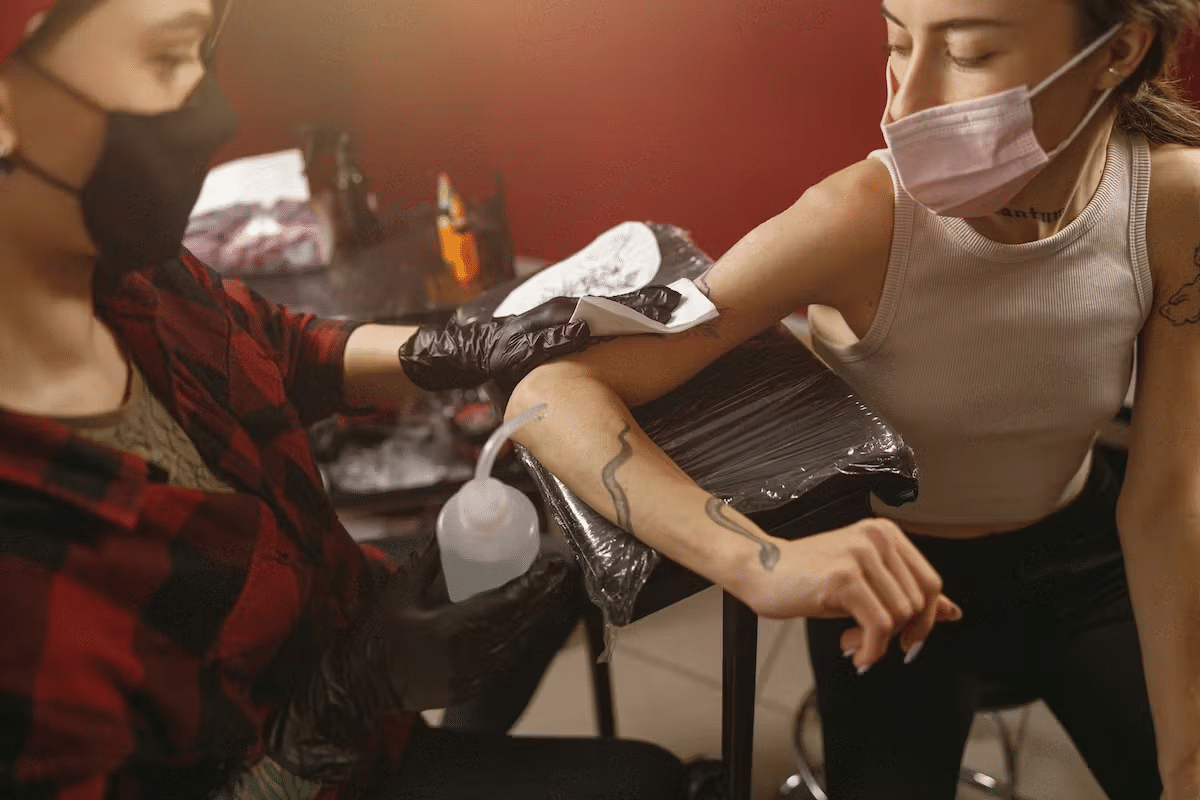 Tattoos are a form of self-expression and can be a meaningful way to commemorate important moments. However, sometimes our tastes and preferences change, and a tattoo that once held significant meaning may now be something we regret.Fortunately, there are several methods for removing tattoos that are safe and effective. In this blog, we’ll explore different tattoo removal methods, including laser removal, excision, and dermabrasion, and discuss their pros and cons.We’ll also cover important considerations to remember when deciding whether to remove a tattoo, such as the cost, potential side effects, and the level of commitment required for each method.Let’s get into it:
Tattoos are a form of self-expression and can be a meaningful way to commemorate important moments. However, sometimes our tastes and preferences change, and a tattoo that once held significant meaning may now be something we regret.Fortunately, there are several methods for removing tattoos that are safe and effective. In this blog, we’ll explore different tattoo removal methods, including laser removal, excision, and dermabrasion, and discuss their pros and cons.We’ll also cover important considerations to remember when deciding whether to remove a tattoo, such as the cost, potential side effects, and the level of commitment required for each method.Let’s get into it: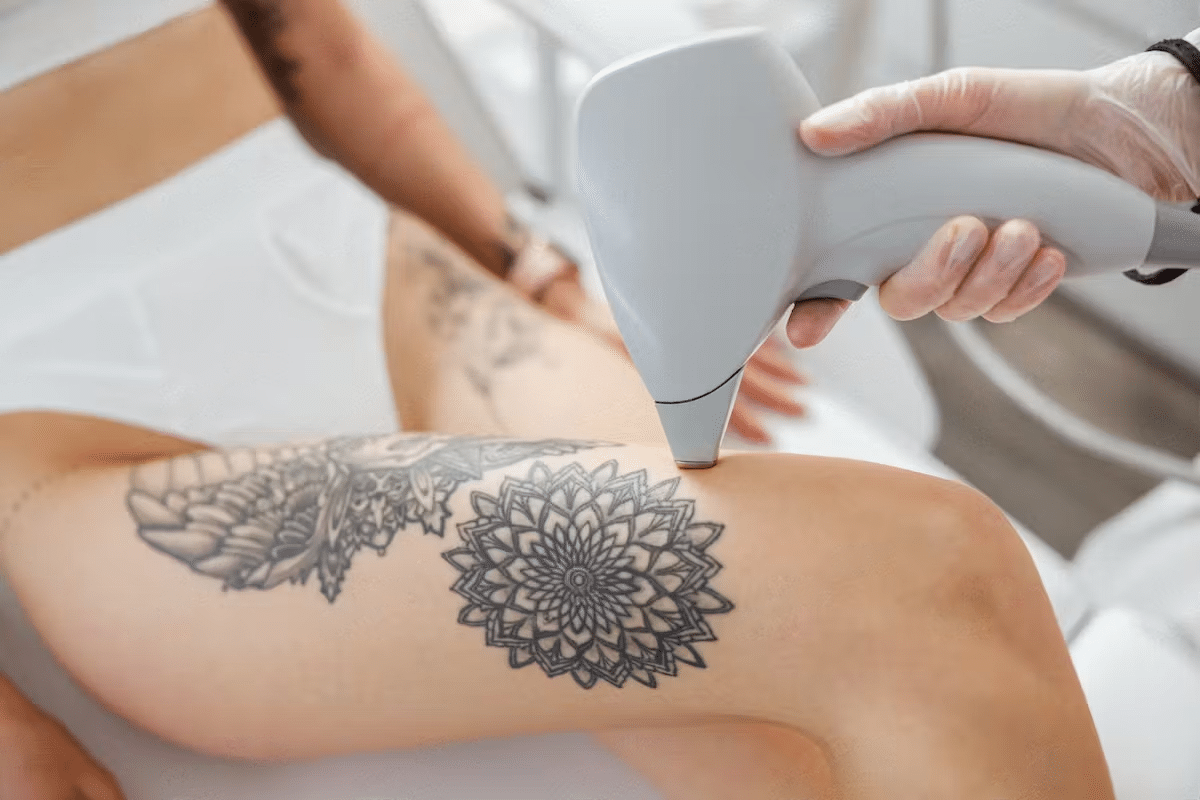 Improper tattoo removal can lead to several risks and complications affecting your skin’s health and appearance. Here are some of the most common risks of improper tattoo removal:
Improper tattoo removal can lead to several risks and complications affecting your skin’s health and appearance. Here are some of the most common risks of improper tattoo removal: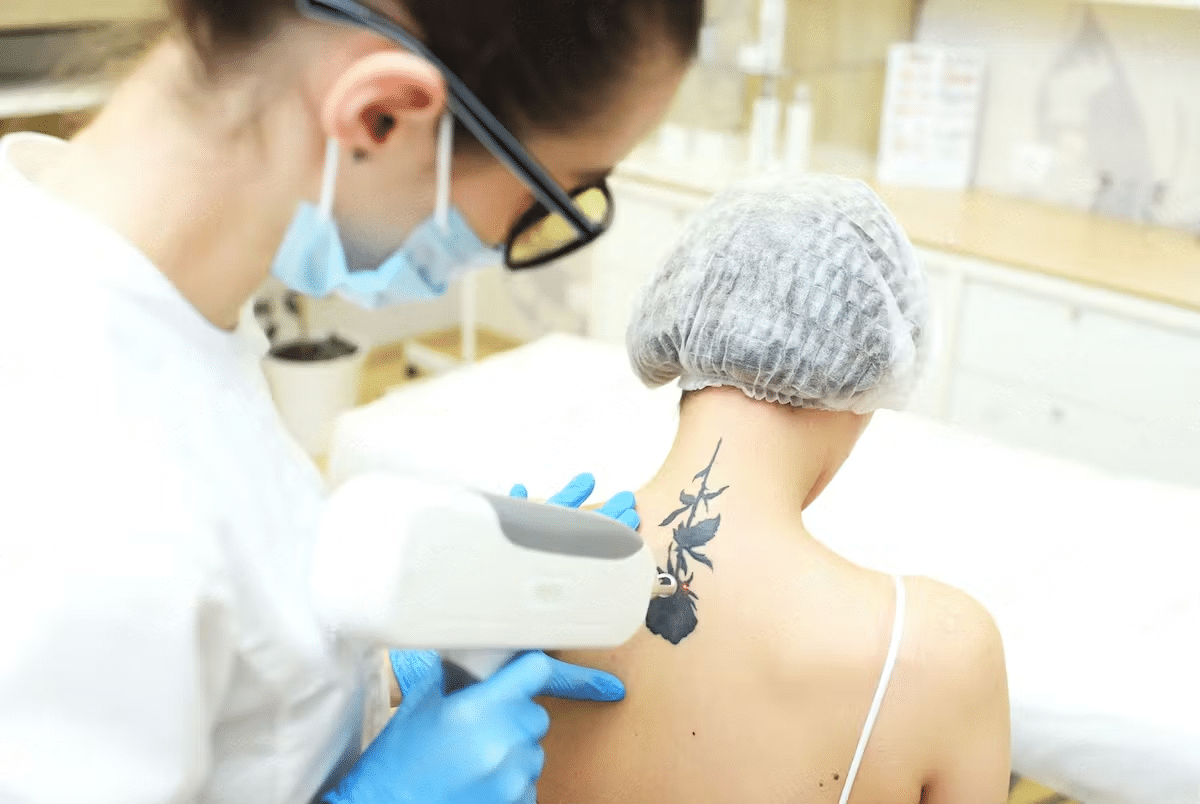 Deciding whether to remove a tattoo is a big decision that requires careful consideration. Here are some important factors to keep in mind:
Deciding whether to remove a tattoo is a big decision that requires careful consideration. Here are some important factors to keep in mind:
